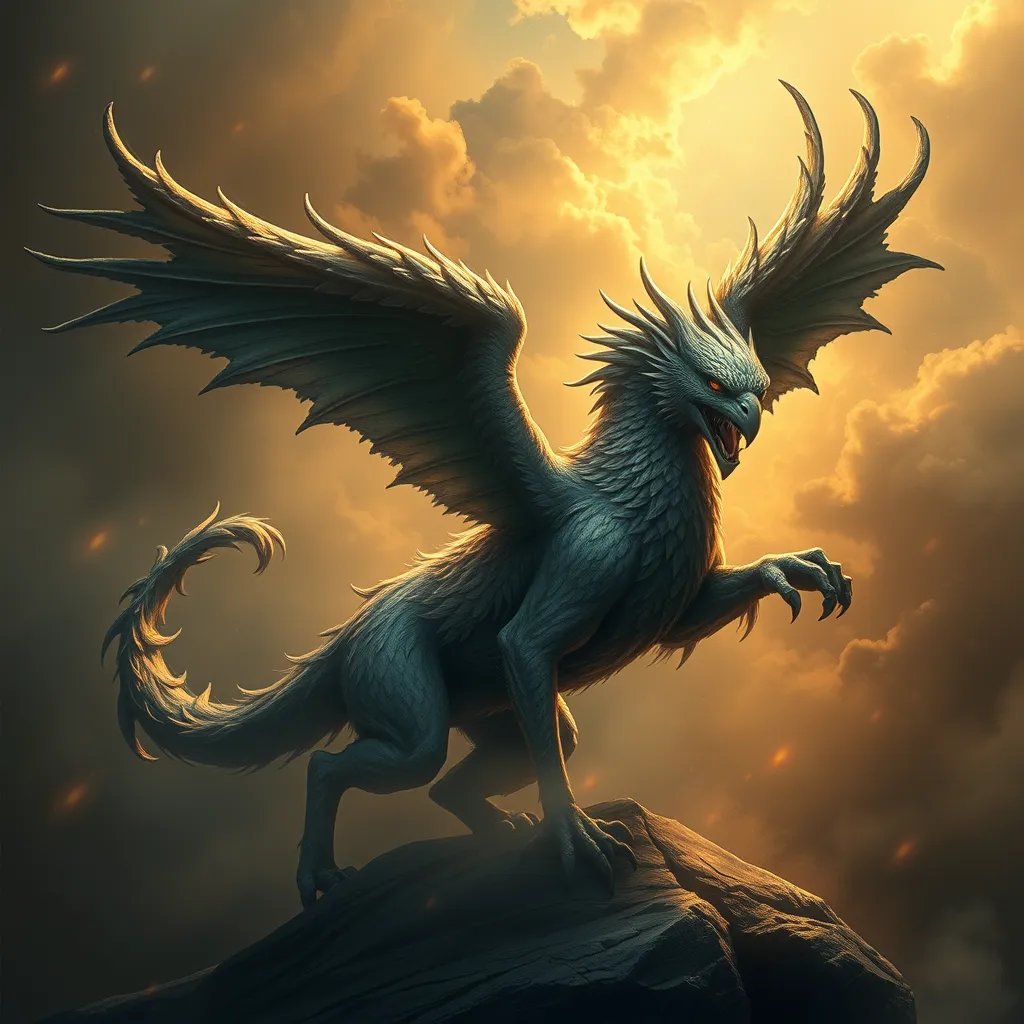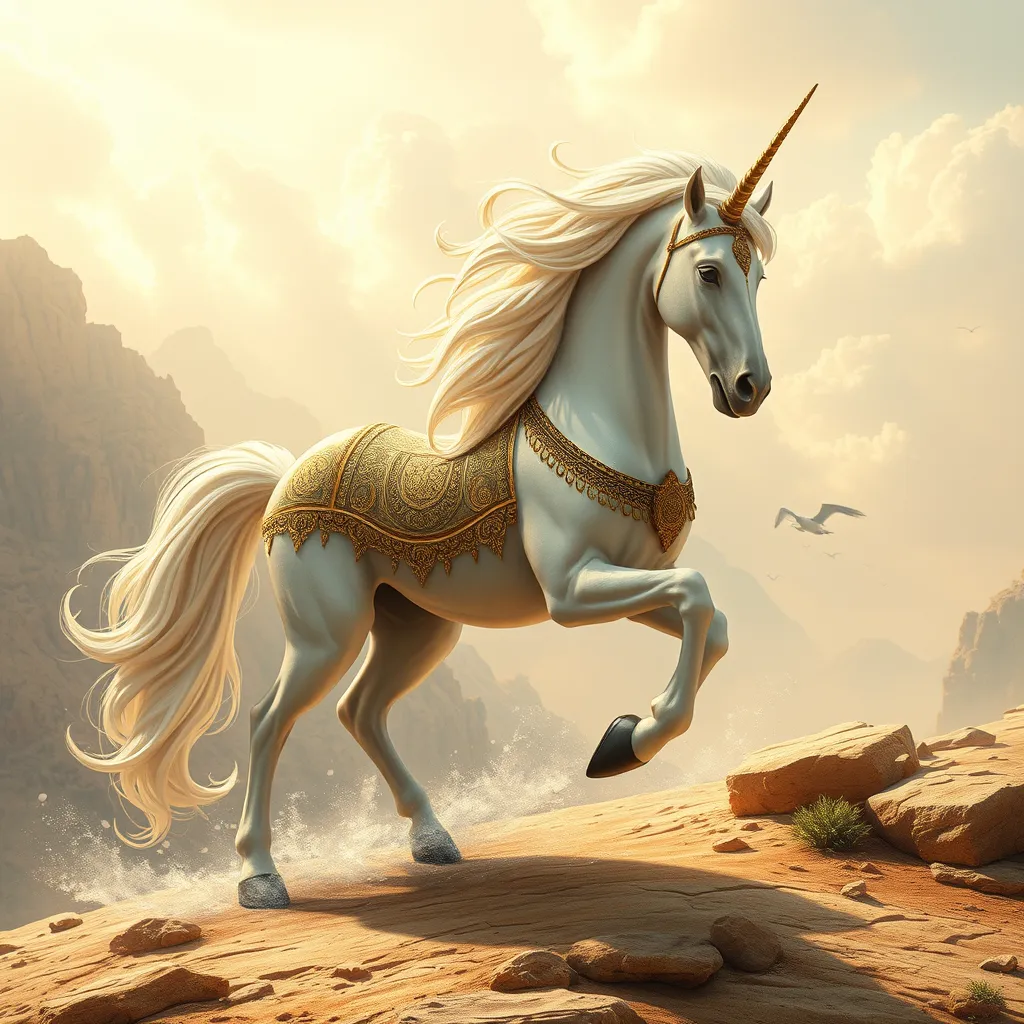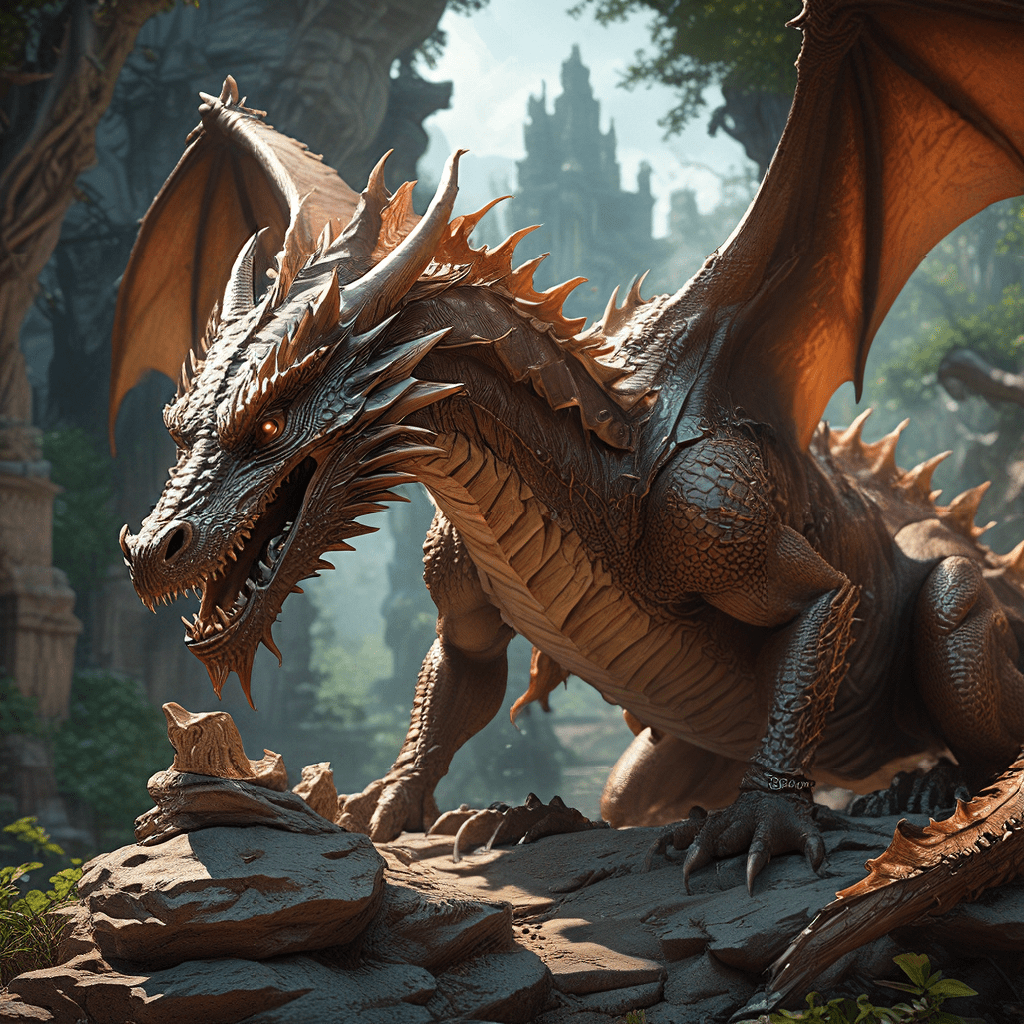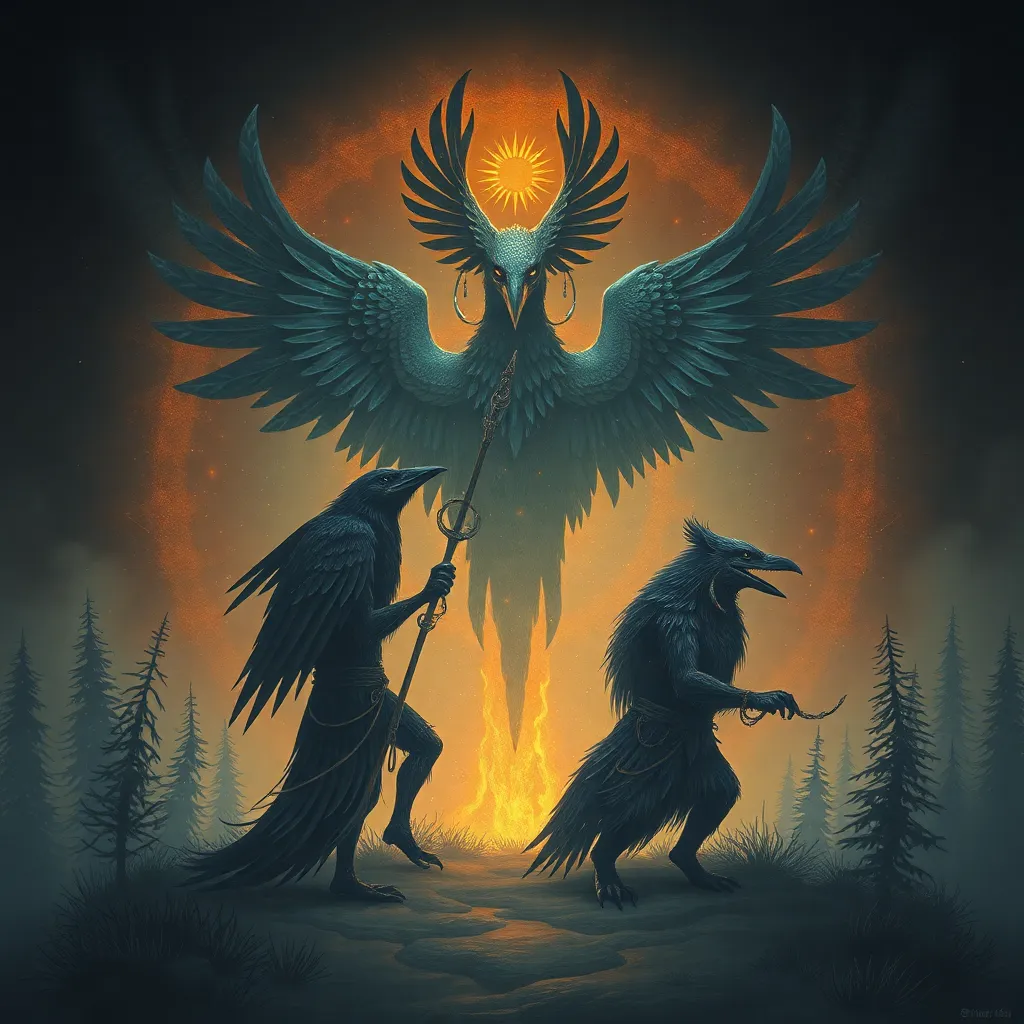Exploring the Griffin’s Role in Slavic Folktales and Legends
I. Introduction
The griffin, a mythical creature with the body of a lion and the head and wings of an eagle, has captured the imaginations of cultures around the world. In Slavic folklore, the griffin is not merely a fantastical beast; it embodies a range of symbolic meanings and plays a crucial role in various tales and legends.
Mythical creatures like the griffin serve important functions in folklore, often representing cultural values, moral lessons, and connections to nature. This article aims to explore the presence and role of griffins in Slavic tales, highlighting their significance and the rich narratives surrounding them.
II. Historical Context of the Griffin in Slavic Culture
The origins of griffin mythology can be traced back to ancient civilizations like the Egyptians and Greeks, where they were often depicted as protectors of treasures and sacred sites. Over time, the image of the griffin spread across cultures, including those in Eastern Europe.
As Slavic tribes began to interact with neighboring cultures, they incorporated elements of griffin mythology into their own folklore. This integration led to a unique evolution of the griffin’s representation, adapting to local beliefs and customs.
III. Symbolism of the Griffin in Slavic Folktales
In Slavic folktales, the griffin is a powerful symbol of strength and protection. Its lion-like body signifies courage and nobility, while its eagle-like head and wings represent wisdom and the ability to transcend earthly limitations.
The duality of the griffin makes it a compelling figure in narratives that explore themes of good versus evil. Its presence often signifies a guardian protecting the innocent or a formidable opponent facing off against malevolent forces.
- Strength and Protection: Griffins are often depicted as protectors of treasures and sacred spaces.
- Duality: The combination of lion and eagle traits symbolizes the balance between strength and wisdom.
- Good vs. Evil: Griffins frequently appear in narratives that contrast virtuous heroes with nefarious villains.
IV. Notable Slavic Folktales Featuring Griffins
Several Slavic folktales prominently feature griffins, showcasing their diverse roles within these narratives. One notable tale is “The Griffin and the Golden Egg,” where a brave hero must outsmart a griffin to obtain a magical egg that grants wishes.
In this story, the griffin serves as both an obstacle and a guardian, embodying the challenges faced by the hero. Other tales, such as “The Lost City of Gold,” depict griffins as wise creatures that offer guidance to those who seek truth and justice.
The themes derived from these tales often revolve around bravery, intelligence, and the moral imperative to protect the weak. They teach valuable lessons about the importance of courage and the consequences of greed.
V. The Griffin’s Connection to Nature and the Elements
The griffin holds a special connection to nature, often portrayed as a guardian of wildlife and the natural world. In many Slavic legends, griffins are depicted as protectors of forests, mountains, and rivers, symbolizing the harmony between humanity and nature.
Furthermore, the griffin embodies the elements of air and earth. Its wings enable it to soar through the skies, while its powerful body connects it to the ground. This duality reinforces the creature’s role as a bridge between the heavens and the earth, conveying environmental messages about the need for balance and respect for nature.
VI. Cultural Variations of the Griffin Across Slavic Regions
Griffin lore varies significantly across Eastern European countries, reflecting local customs and beliefs. In Russia, for example, griffins are often depicted as fearsome guardians of treasure, while in Poland, they are associated with nobility and chivalry.
Regional variations in depictions and stories include:
- Russia: Griffins are often seen as protectors of the realm, embodying the spirit of the land.
- Poland: They represent nobility and are frequently found in tales of knights and quests.
- Czech Republic: Griffins are depicted in folklore as wise creatures with a deep understanding of the natural world.
These cultural differences highlight the adaptability of the griffin mythos, allowing it to resonate with various audiences across Slavic regions.
VII. The Griffin in Modern Slavic Literature and Arts
In recent years, griffin motifs have experienced a resurgence in contemporary Slavic storytelling. Modern authors and artists are reinterpreting these mythical creatures, infusing them with new meanings while honoring their traditional roots.
Artistic representations of griffins can be found in literature, painting, and sculpture, often serving as symbols of national identity and pride. The griffin’s majestic form continues to inspire artists seeking to convey themes of strength, protection, and the enduring spirit of the people.
VIII. Conclusion
The griffin holds a significant place in Slavic folklore, embodying themes of strength, protection, and the duality of nature. Its role in tales serves not only to entertain but also to impart valuable moral lessons that resonate with audiences of all ages.
As we reflect on the enduring legacy of mythical creatures like the griffin, we are reminded of the power of cultural narratives to shape our understanding of the world. We invite readers to explore and appreciate the depth of Slavic legends further, uncovering the rich tapestry of stories that continue to inspire and captivate us.



